Low Back Pain
What is low back pain?
Low back pain can happen anywhere below the ribs and above the legs. The lower back camera is the connection between the upper and lower body, and it bears most of the body’s weight. So it's pretty easy to hurt your back when you lift, reach, or twist. In fact, almost everyone has low back pain at one time or another.
What causes low back pain?
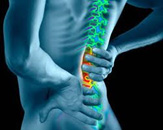
Causes of low back pain include:
- Overuse, strain, or injury.
- Aging.
- Herniated disc.
- Arthritis.
- Compression fractures.
- Illness.
- A spine problem you were born with.
Often doctors don't really know what causes low back pain. But it is more likely to become long-lasting (chronic) if you are under stress or depressed.
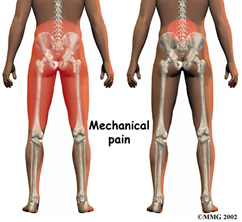
What are the symptoms?
Depending on the cause, low back pain can cause a range of symptoms. The pain may be dull or sharp. It may be in one small area or over a broad area. You may have muscle spasms.
Low back pain can also cause leg symptoms, such as pain, numbness, or tingling, often extending below the knee.
A rare but serious problem called cauda equina syndrome can occur if the nerves at the end of the spinal cord are squeezed. Seek emergency treatment if you have weakness or numbness in both legs or you lose bladder or bowel control.
Most low back pain is short-term (acute) and will go away in a few weeks. It is more likely to become long-lasting (chronic) if you are depressed or under stress.
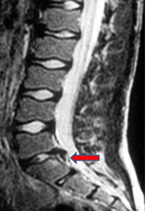
How is low back pain diagnosed?
The doctor will ask questions about your past health, symptoms, and activities. He or she will also do a physical exam. Your answers and the exam can help the doctor rule out a serious cause for the pain. In most cases, doctors are able to recommend treatment after the first exam.
X-rays, CT scans, and MRIs don't usually help.
But if you have a back pain problem that has lasted longer than 4 weeks, or if your doctor thinks you may have more than muscle pain, it might be time for one of these tests.
How is it treated?
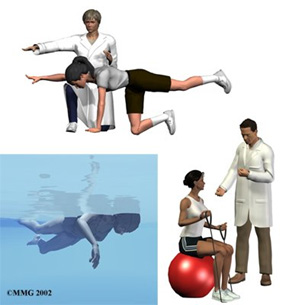
Most low back pain will improve with basic first aid, which includes resting for a day or two, getting up and active as soon as possible, and taking over-the-counter pain medicine as needed.
Walking is the simplest and maybe the best exercise for the lower back. It gets your blood moving and helps your muscles stay strong.
A doctor or physical therapist can recommend more specific exercises to help your back muscles get stronger. These may include a series of simple exercises called core stabilization. Strengthening the muscles in your trunk can improve your posture, keep your body in better balance, and lower your chance of injury.
If your symptoms are severe or you still have them after 2 weeks of self-care, see your doctor. You may need stronger pain medicines, or you might benefit from physical therapy.
Having ongoing (chronic) back pain can make you depressed. In turn, depression can have an effect on your level of pain and whether your back gets better. People with depression and chronic pain often benefit from both counseling and medicine. Special counseling can help you learn stress management and pain control skills. Antidepressant medicines may help too.
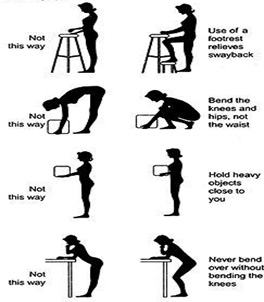
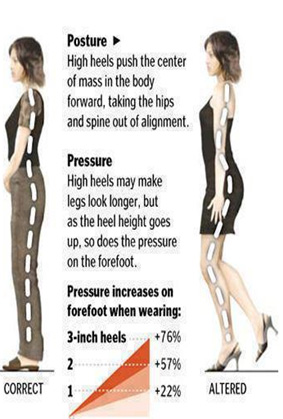
How can you prevent low back pain from returning?
After you've had low back pain, you're likely to have it again. But there are some things you can do to help prevent it. And they can help you get better faster if you do have low back pain again.
To help keep your back healthy and avoid further pain:
- Practice good posture when you sit, stand, and walk.
- Get regular, low-impact exercise. Walk, swim, or ride a stationary bike. Stretch before you exercise.
- Wear low-heeled shoes with good support.
- Sleep on your side. A medium-firm mattress may put the least stress on your back.
- Watch your weight. Being too heavy, especially around your waist, puts extra stress on your back.
- Don't try to lift things that are too heavy for you. When you must lift, learn the right way to lift camera
If you sit or stand for long periods at work:
- Pay attention to your posture. Sit or stand up straight, with your shoulders back.
- Make sure your chair has good back support.
- Take regular breaks to walk around.
If your work involves a lot of bending, reaching, or lifting:
- Talk to your human resources department to see if there are other ways you can do your work.
- Don't depend on a "back belt" to protect your back. Studies have not shown these belts to be effective in reducing back injuries. The most they can do is to help remind you to use good techniques for lifting.











